While Yosemite and Yellowstone tend to grab the spotlight when planning national park trips, spring offers a unique window to explore America’s natural treasures without peak summer crowds. As snow melts and temperatures warm up, these parks come alive with wildflowers, active wildlife, and flowing waterfalls – all while keeping the trails less crowded than during summer vacation season.
From desert blooms in the Southwest to emerging greenery in the Pacific Northwest, here are 15 national parks that really shine during springtime, perfect for both weekend adventures and longer escapes into nature.
Zion National Park, Utah
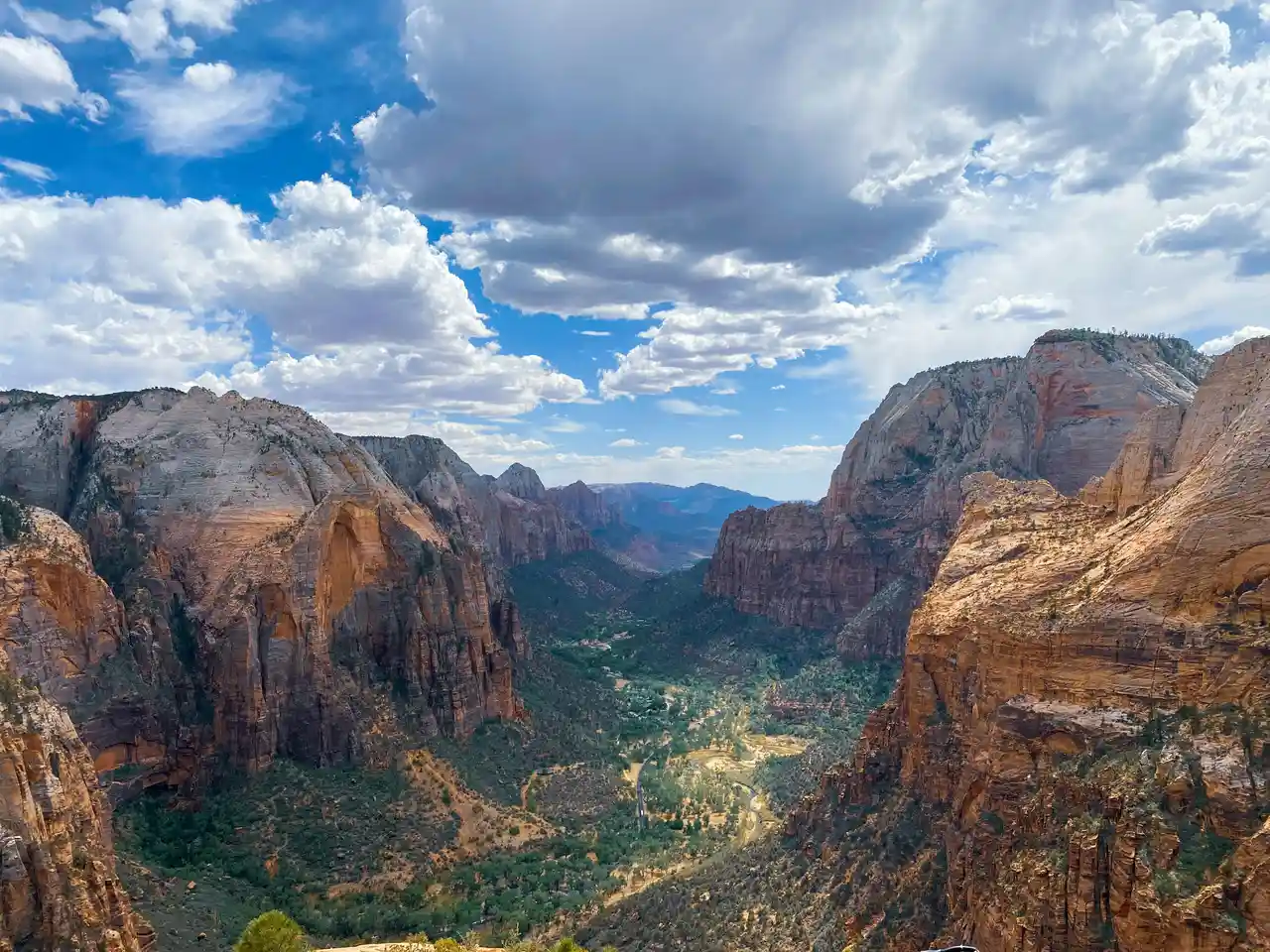
Ever wondered what it’s like to walk through towering red rock canyons carved by ancient rivers? That’s exactly what you’ll find at Zion National Park, where rust-colored cliffs stretch up to 2,000 feet high against Utah’s blue sky. Spring brings mild temperatures perfect for tackling the park’s famous trails, like Angels Landing and The Narrows, where you’ll wade through crystal-clear water between soaring canyon walls. The desert flowers bloom in vibrant patches across the landscape, while bighorn sheep navigate the rocky slopes with impressive ease. You can camp under starlit skies or stay in the nearby town of Springdale, where local cafes serve up hearty meals to fuel your adventures through this remarkable desert wonderland.
Death Valley National Park, California
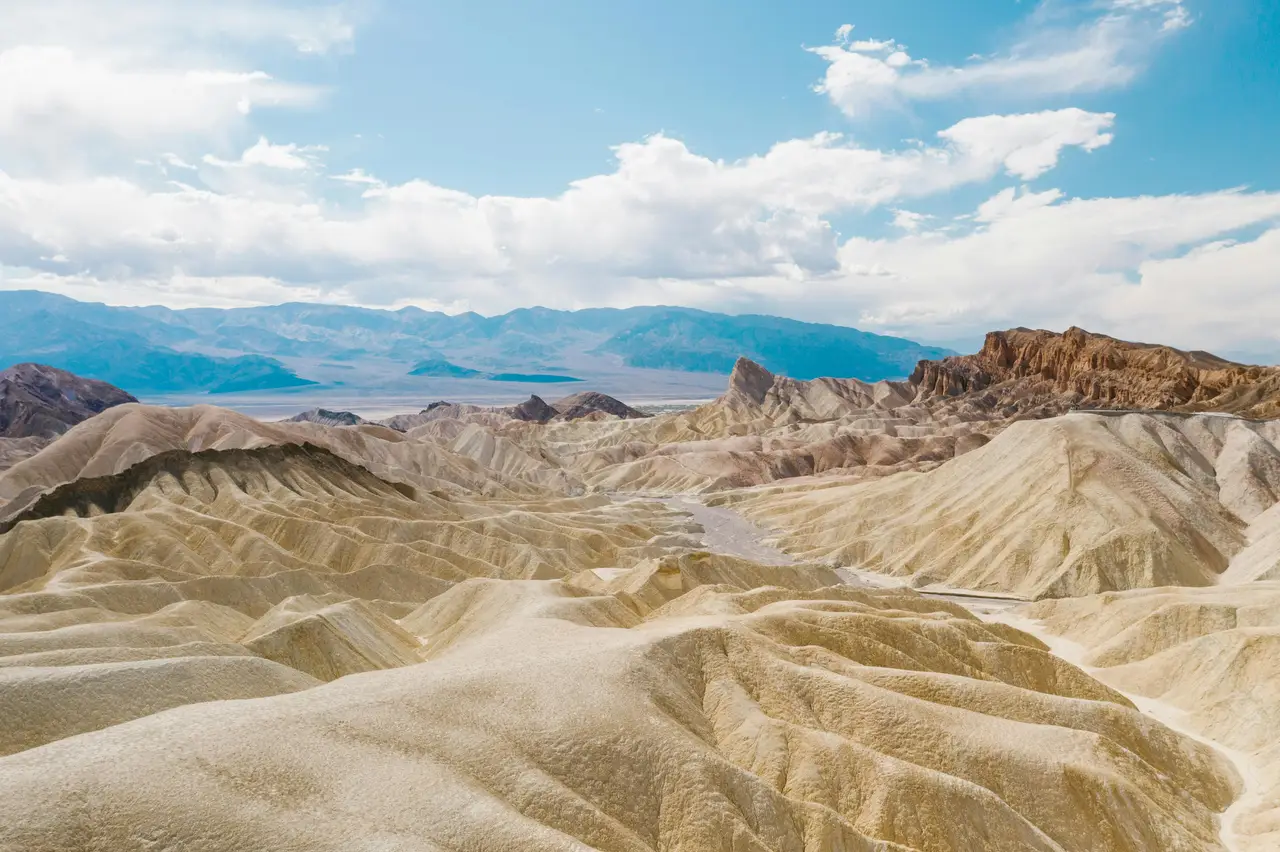
Death Valley earned its name from pioneers who nearly perished trying to cross it back in 1849. Despite its ominous moniker, spring reveals a gentler side of this vast desert landscape in California. The park comes alive between February and April, when temperatures hover around a pleasant 85°F, making it the perfect time to explore without the infamous summer heat. Rolling sand dunes and multicolored rock formations stretch as far as the eye can see, while springtime often brings a surprise display of wildflowers carpeting the desert floor. The salt flats at Badwater Basin, sitting 282 feet below sea level, offer a unique experience as the lowest point in North America. Zabriskie Point has become a favorite spot for photographers and early risers, where the morning light paints the corrugated hills in shades of gold and amber. The park’s night skies are equally impressive, with some of the clearest stargazing opportunities in the country.
Great Smoky Mountains National Park, Tennessee
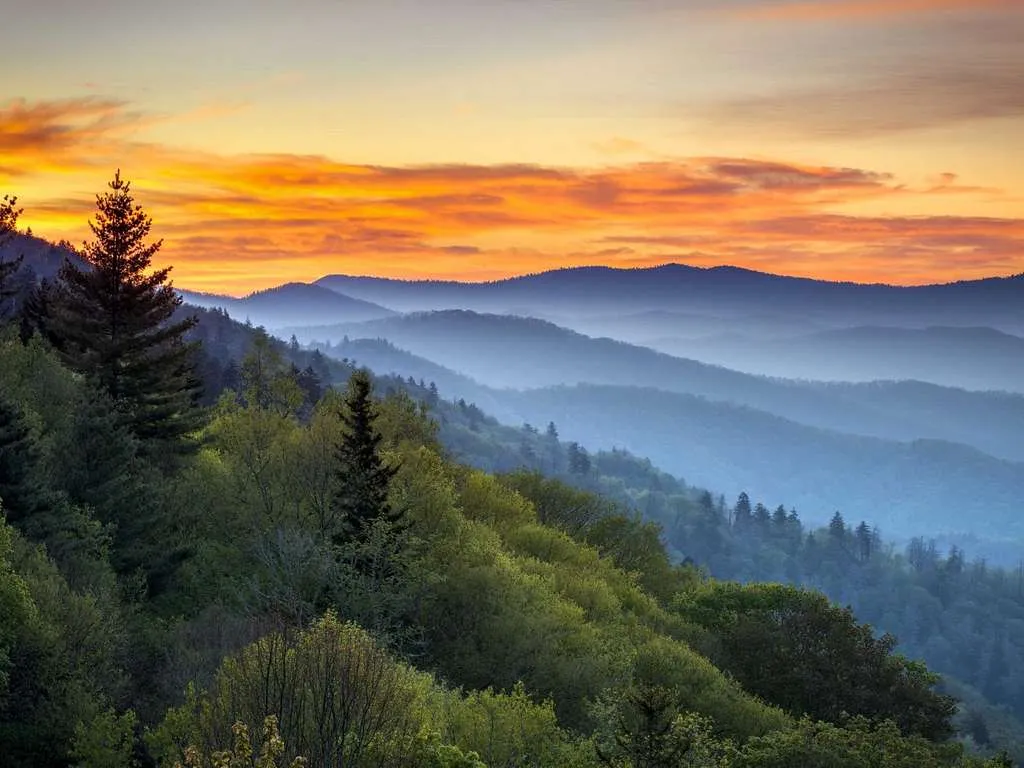
Experience spring’s sweet arrival at Great Smoky Mountains National Park, where nature puts on one of America’s best wildflower shows. The park’s 800+ miles of hiking trails wind through forests dotted with over 1,500 kinds of flowering plants, earning it the nickname “Wildflower National Park.” Take the 6.8-mile Ramsey Cascades Trail, where you can spot trilliums and orchids while making your way to the park’s highest waterfall. For a less challenging option, the 1.3-mile Cove Hardwood Nature Trail offers an easy walk among spring beauties and violets. Visit in mid-April for the Spring Wildflower Pilgrimage, when you can join guided walks and learn about the park’s incredible plant diversity.
Joshua Tree National Park, California
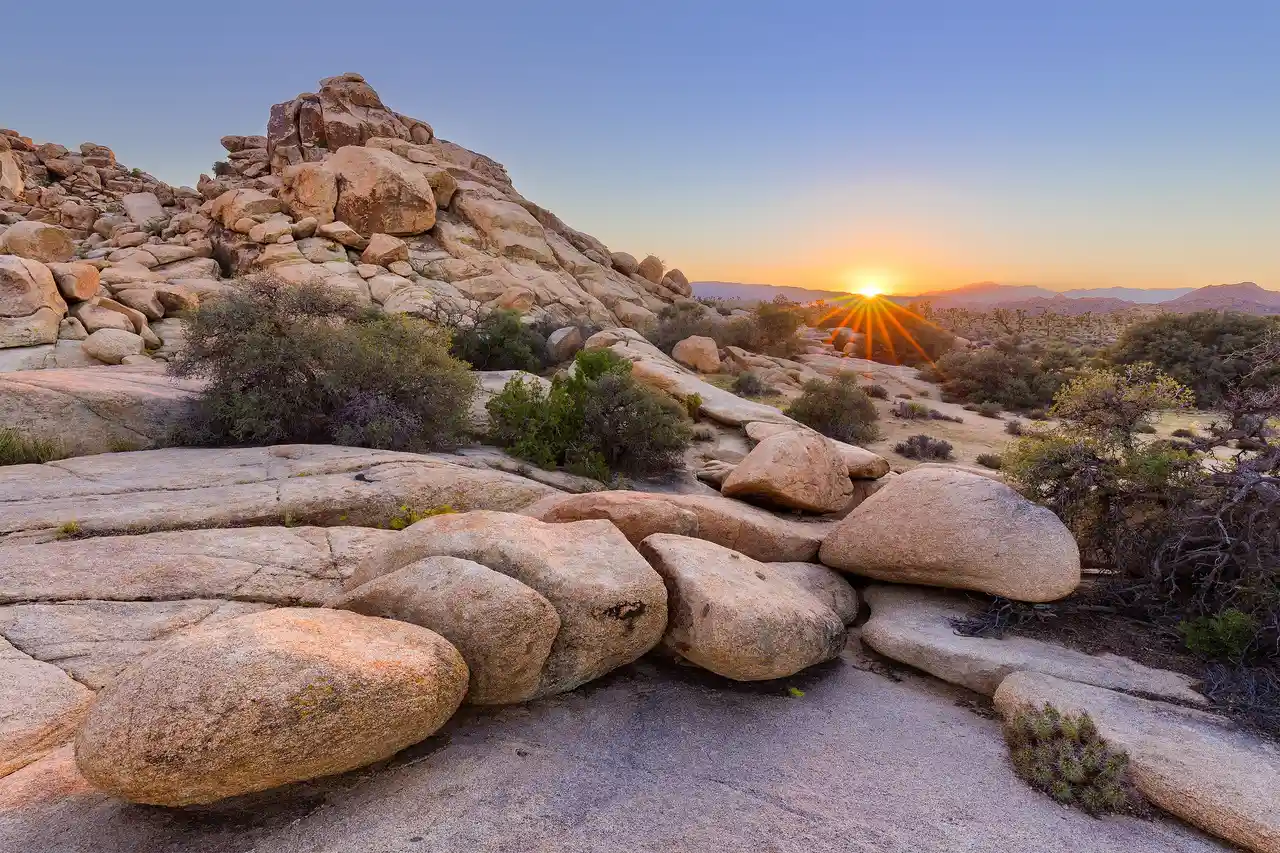
Spring draws nature enthusiasts to Joshua Tree National Park, where two distinct desert ecosystems merge to create a unique landscape in Southern California. The park’s namesake Joshua trees dot the higher Mojave Desert, while the lower Colorado Desert features expansive gardens of cholla and ocotillo. During spring months, desert wildflowers paint the sandy terrain in swaths of yellow, purple, and white, making it a prime time for photography and hiking. While many visitors come for the world-class rock climbing routes, the park also offers excellent opportunities for stargazing, wildlife viewing, and exploring historic sites from the area’s gold mining era. The comfortable spring temperatures make camping particularly pleasant, though you’ll want to book well in advance as this tends to be one of the park’s busiest seasons.
Shenandoah National Park, Virginia
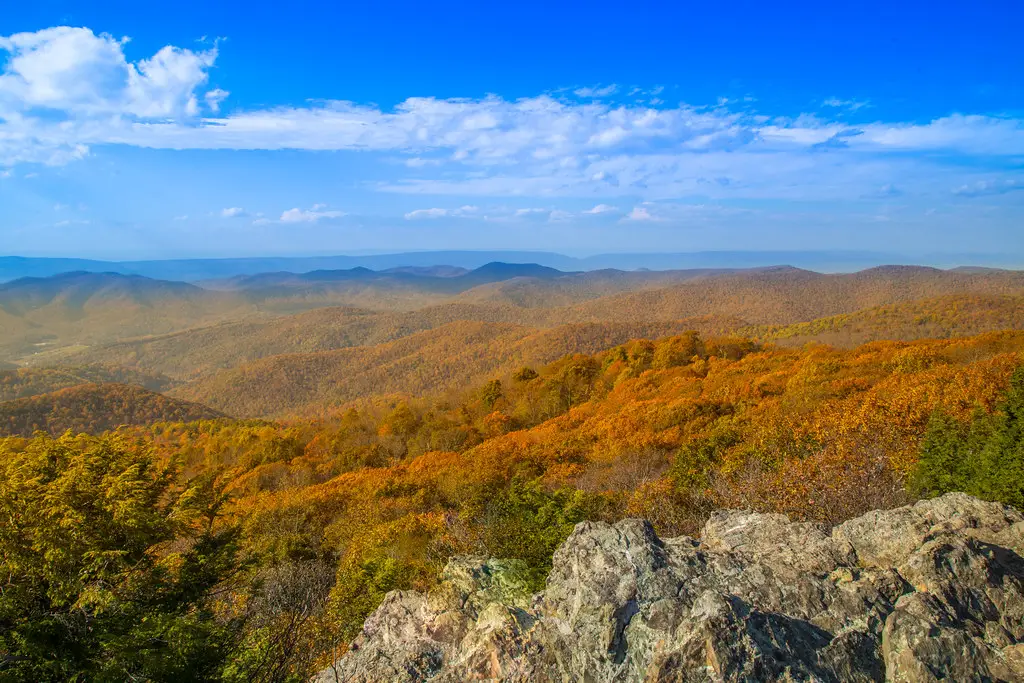
I first visited Shenandoah National Park on a spring road trip along Skyline Drive in 2018. This beloved stretch of the Blue Ridge Mountains runs 105 miles through Virginia’s lush wilderness, with over 500 miles of hiking trails branching off into the surrounding forest. In spring, the mountainsides come alive as wildflowers dot the meadows and pink-and-white dogwood blossoms peek through the trees. The park’s winding trails lead to hidden waterfalls and rocky outcrops, where black bears emerge from their winter dens and colorful warblers return to nest. At sunset, pull over at one of the 75 scenic overlooks to watch the sky paint the rolling hills in soft oranges and purples – a view that reminds you why they call these the Blue Ridge Mountains in the first place.
Yosemite National Park, California
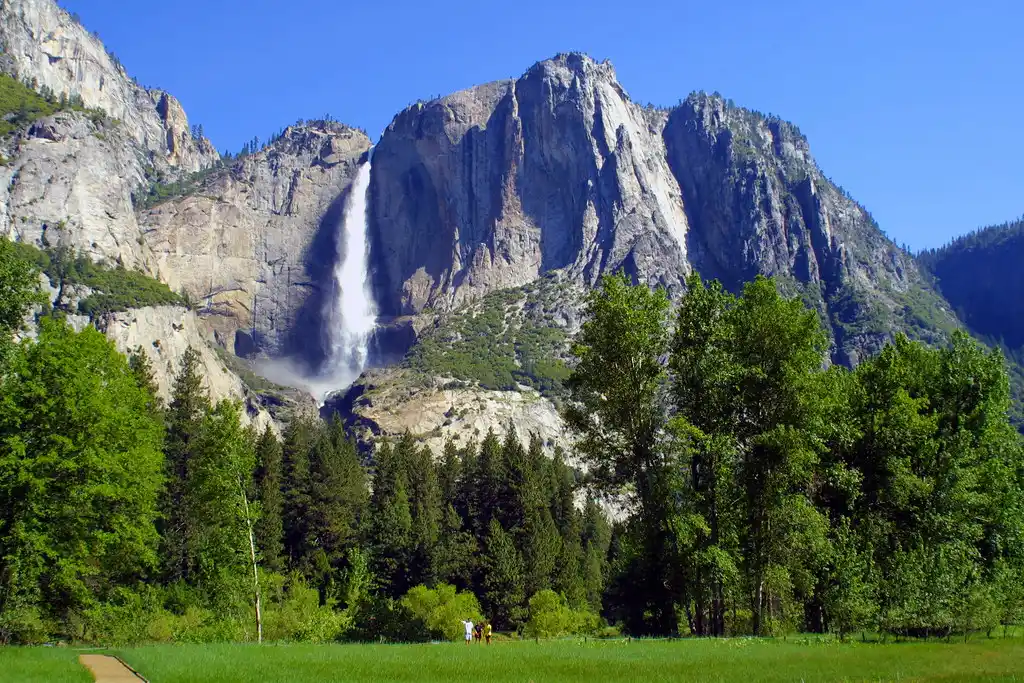
Spring is prime time to witness Yosemite’s waterfalls at their most powerful, when melting snow sends cascades of water thundering down granite cliffs. Unlike other California parks that get crowded during peak season, Yosemite in spring offers a sweet spot – the weather is mild and the summer crowds haven’t arrived yet. The park’s famous granite formations, like Half Dome and El Capitan, emerge from winter snow as wildflowers begin dotting the valley floor. You’ll spot rock climbers testing their skills on sheer cliff faces while families picnic in meadows below. Because of its location in the Sierra Nevada mountains, parts of Tioga Road usually remain closed until late May, which means the valley becomes a natural hub of activity, with visitors gathering to watch wildlife emerge from winter hibernation.
Big Bend National Park, Texas
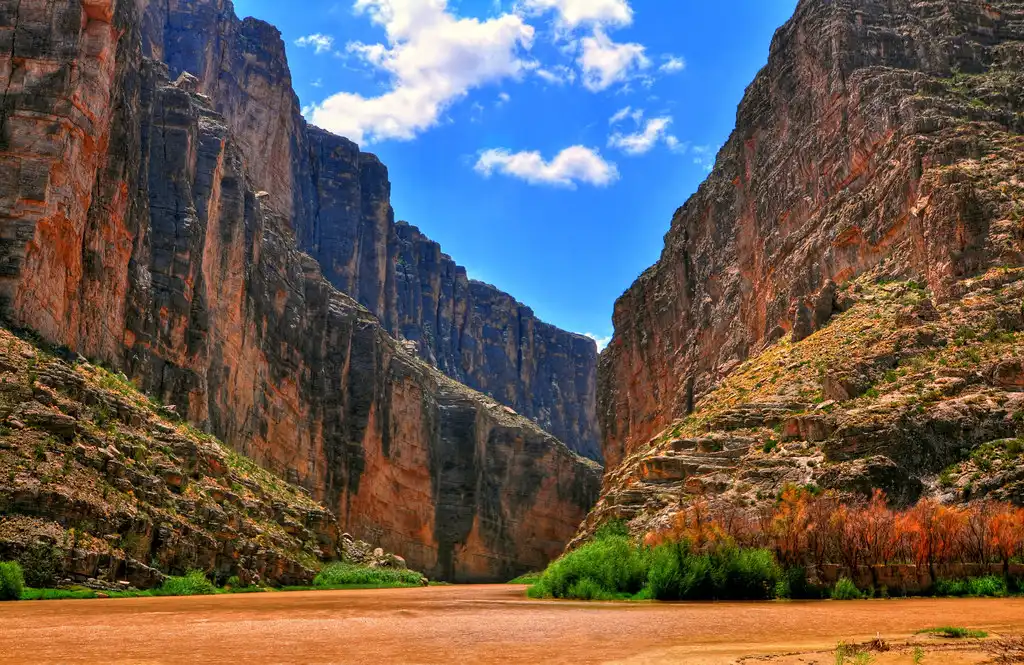
Ever spotted wildflowers blooming in the middle of the desert? That’s just a normal spring day at Big Bend National Park, where the Chihuahuan Desert comes alive between March and April. This remote corner of Texas, where the Rio Grande draws a natural border with Mexico, offers some of the clearest night skies in the continental United States. You can hike through limestone canyons in the morning, soak in natural hot springs by afternoon, and camp under a sea of stars at night. The park’s diverse landscape, ranging from river valleys to mountain peaks, makes it a perfect spot for bird watchers too – with over 450 species calling it home during spring migration.
Arches National Park, Utah
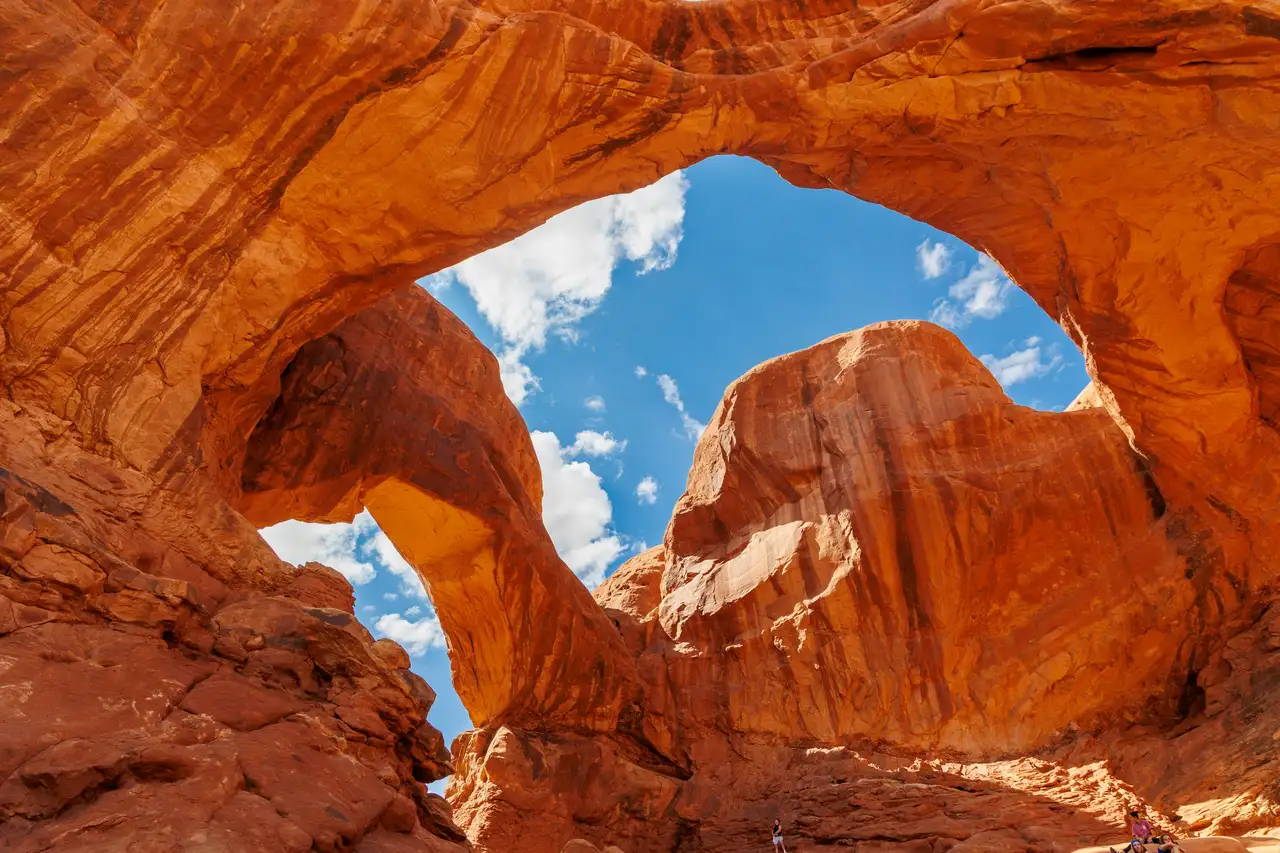
When it comes to springtime in Utah’s national parks, Arches stands out as a true desert gem. This 76,000-acre wonderland of red rock formations features over 2,000 natural stone arches – the highest concentration you’ll find anywhere in the world. The moderate temperatures make spring the perfect time to hike the park’s trails and watch the sunset paint the sandstone in warm shades of orange and red. It’s not just a casual stroll through the desert though – some of the most famous arches like Delicate Arch require a good bit of uphill hiking to reach. But those who make the effort are treated to views that feel almost otherworldly, especially during the golden hours of early morning and late afternoon.
Bryce Canyon National Park, Utah
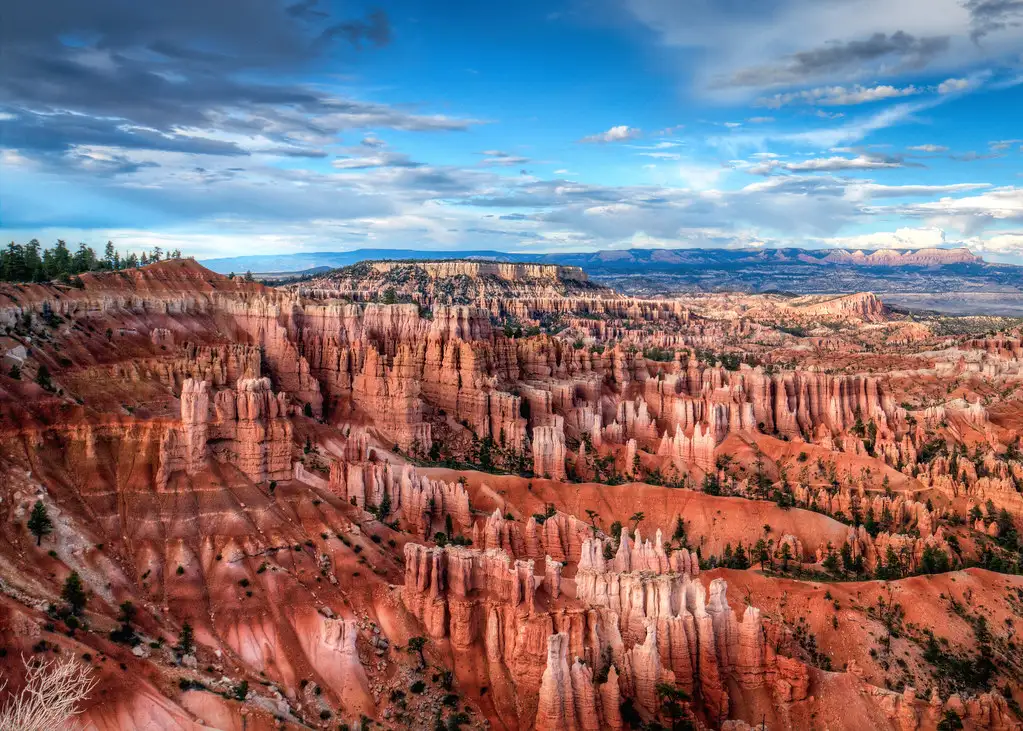
Set in southwestern Utah, Bryce Canyon National Park stands as one of nature’s most unique geological wonders. While its name suggests a single canyon, it’s actually a series of natural amphitheaters filled with tall, thin spires of rock called hoodoos. During spring, as the last patches of snow melt away, these orange-tinted formations create a striking contrast against the deep blue skies. The park’s high elevation means you’ll need to pack layers, but the mild temperatures make it perfect for hiking the Rim Trail or exploring the Queens Garden. What makes Bryce particularly special in spring is how the shifting sunlight plays across the hoodoos throughout the day, turning them from soft pink at dawn to deep red at sunset. Keep an eye out for early-blooming wildflowers dotting the trails and mule deer emerging from their winter hideouts.
Olympic National Park, Washington
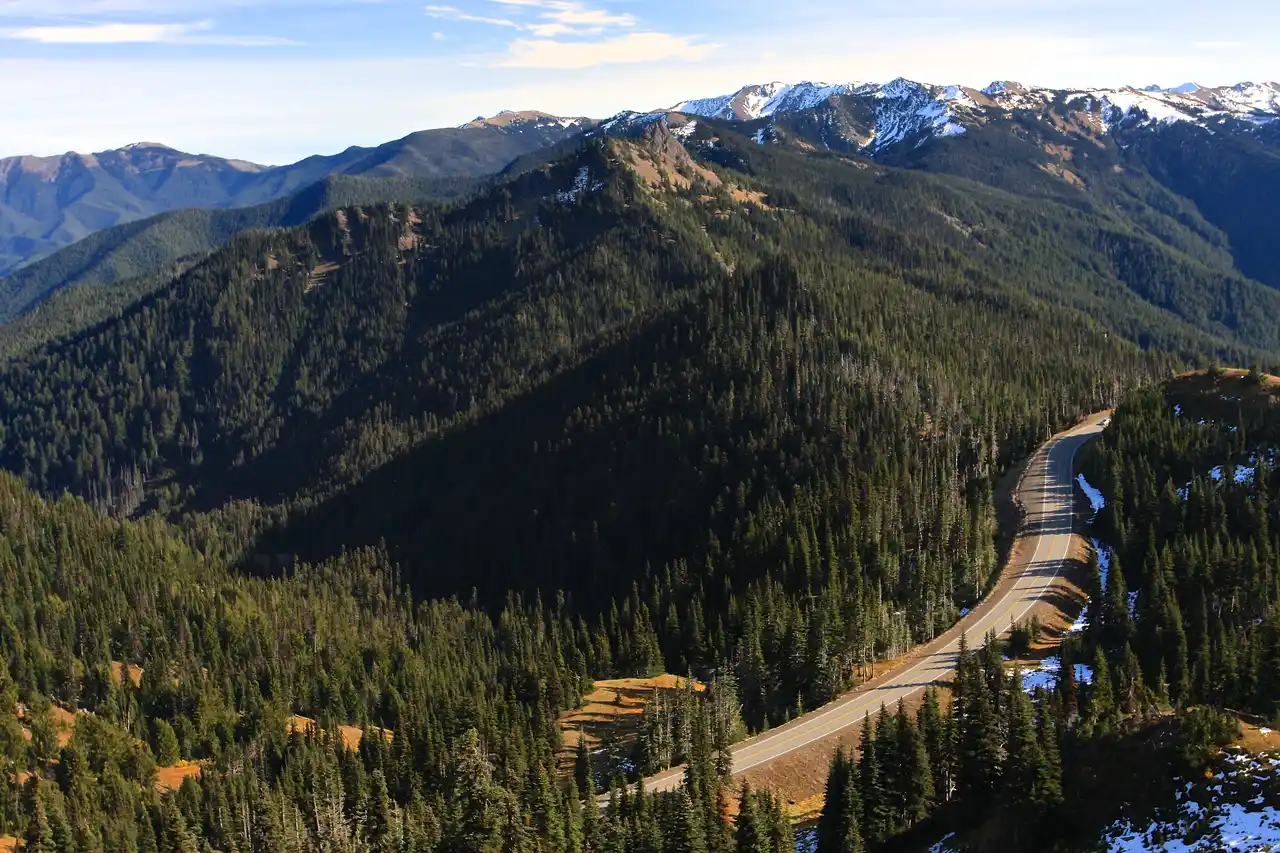
If you’re looking to experience three distinct ecosystems in one park, Olympic National Park is your spot. Stretching across Washington’s Olympic Peninsula, this diverse wilderness combines rocky Pacific beaches, old-growth rainforests, and snow-capped mountain ranges. Spring visitors can watch gray whales migrate along the coast, hike through moss-draped forests without summer crowds, and catch wildflowers beginning to bloom in the mountain meadows.
Canyonlands National Park, Utah
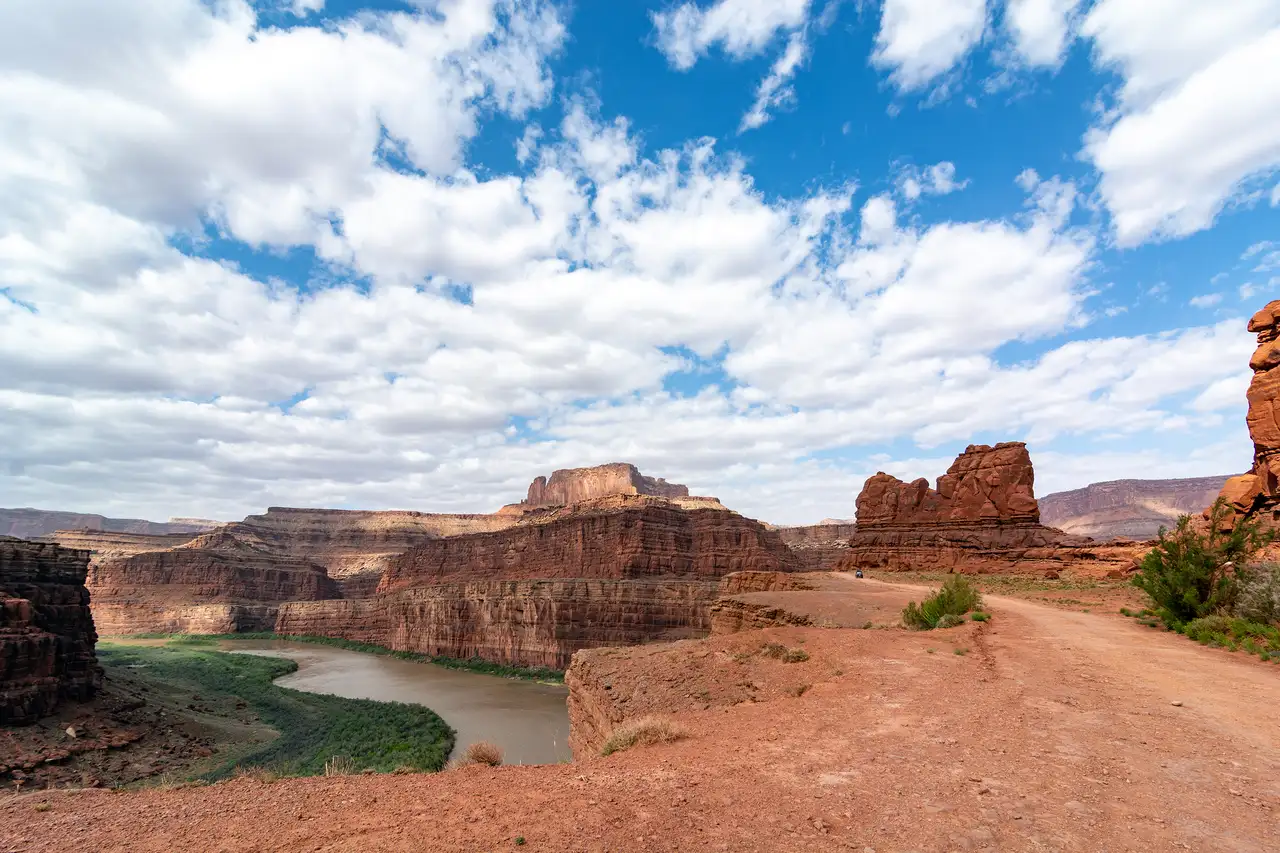
Spring in Canyonlands National Park feels like stepping into a desert wonderland. Located in southeastern Utah, this vast landscape showcases deep canyons, towering mesas, and winding rivers that have shaped the red rock terrain over millions of years. The park’s three distinct districts – Island in the Sky, The Needles, and The Maze – each offer unique perspectives of this remarkable desert environment, from easy scenic drives to challenging backcountry adventures.
Grand Canyon National Park, Arizona
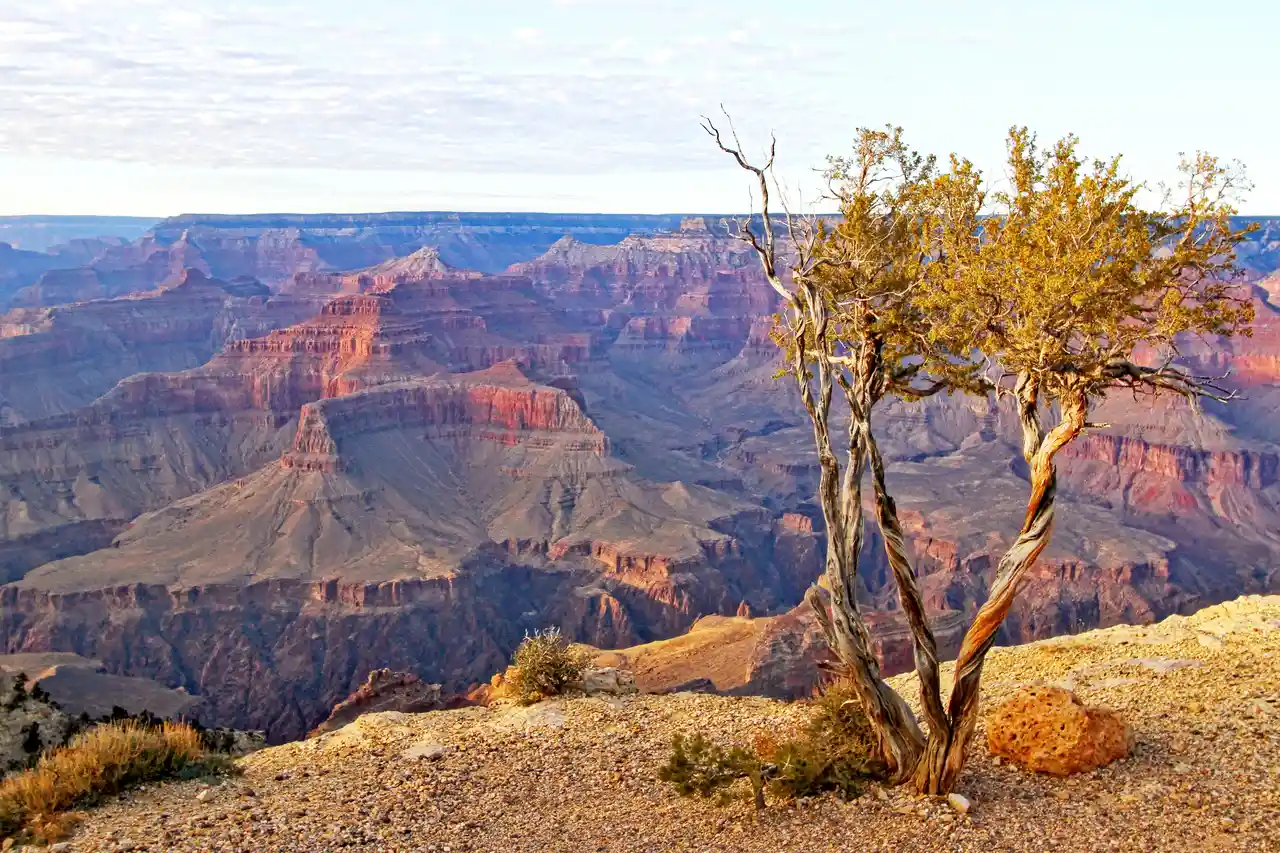
Many visitors flock to Grand Canyon National Park for its iconic views of the mile-deep gorge, but this natural wonder offers much more than just photo opportunities. The South Rim trails come alive in spring when desert wildflowers dot the landscape and temperatures remain mild enough for comfortable hiking. During this season, you can spot California condors soaring on thermal updrafts, take a mule ride along the canyon’s edge, or join a ranger-led program to learn about the park’s geology. While summer draws the biggest crowds, spring provides a perfect balance of good weather and smaller groups, letting you explore the park’s 277 miles of colorful rock layers and winding Colorado River at your own pace.
Carlsbad Caverns National Park, New Mexico
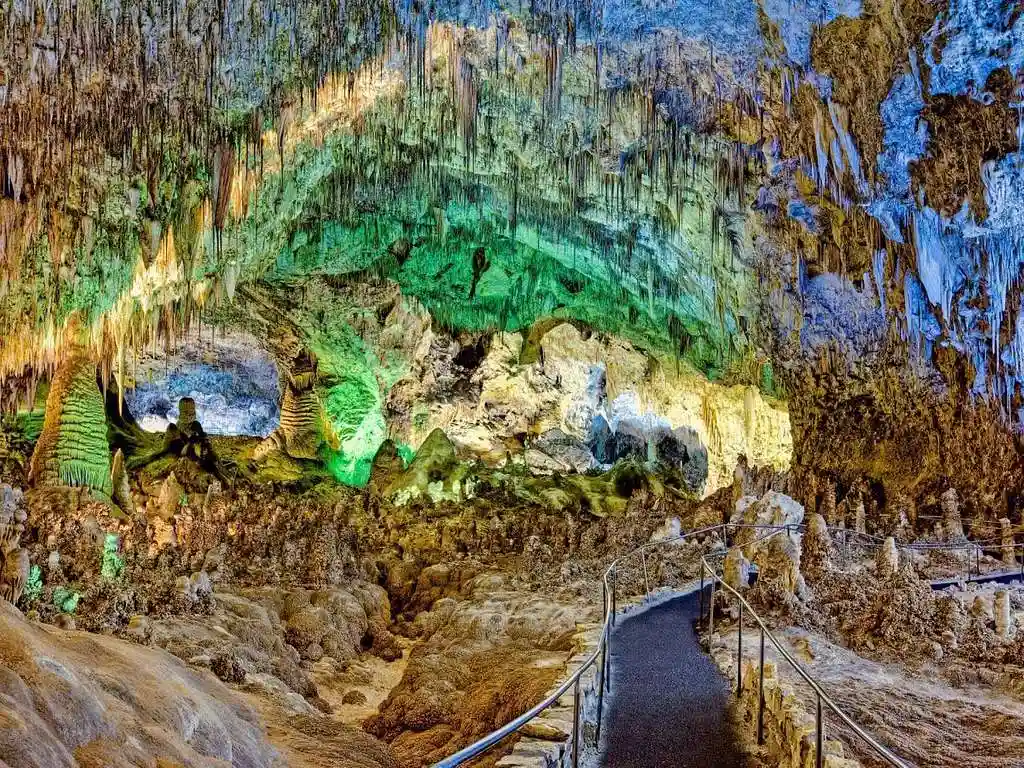
While many national parks show off their beauty above ground, Carlsbad Caverns takes you on an entirely different adventure beneath the Earth’s surface. This underground wonderland in southeastern New Mexico features more than 119 limestone caves, formed when sulfuric acid dissolved the surrounding rock millions of years ago. Walking through the natural entrance feels like entering another world – you’ll follow a winding path that descends 750 feet, passing formations that look like they belong in a sci-fi movie. The caves maintain a steady 56 degrees year-round, making spring visits especially pleasant since you can escape the desert heat above ground. I’d recommend setting aside at least half a day to explore the main cavern’s paved trails, but serious cave enthusiasts can join ranger-guided tours to see some of the park’s more remote chambers.
Capitol Reef National Park, Utah
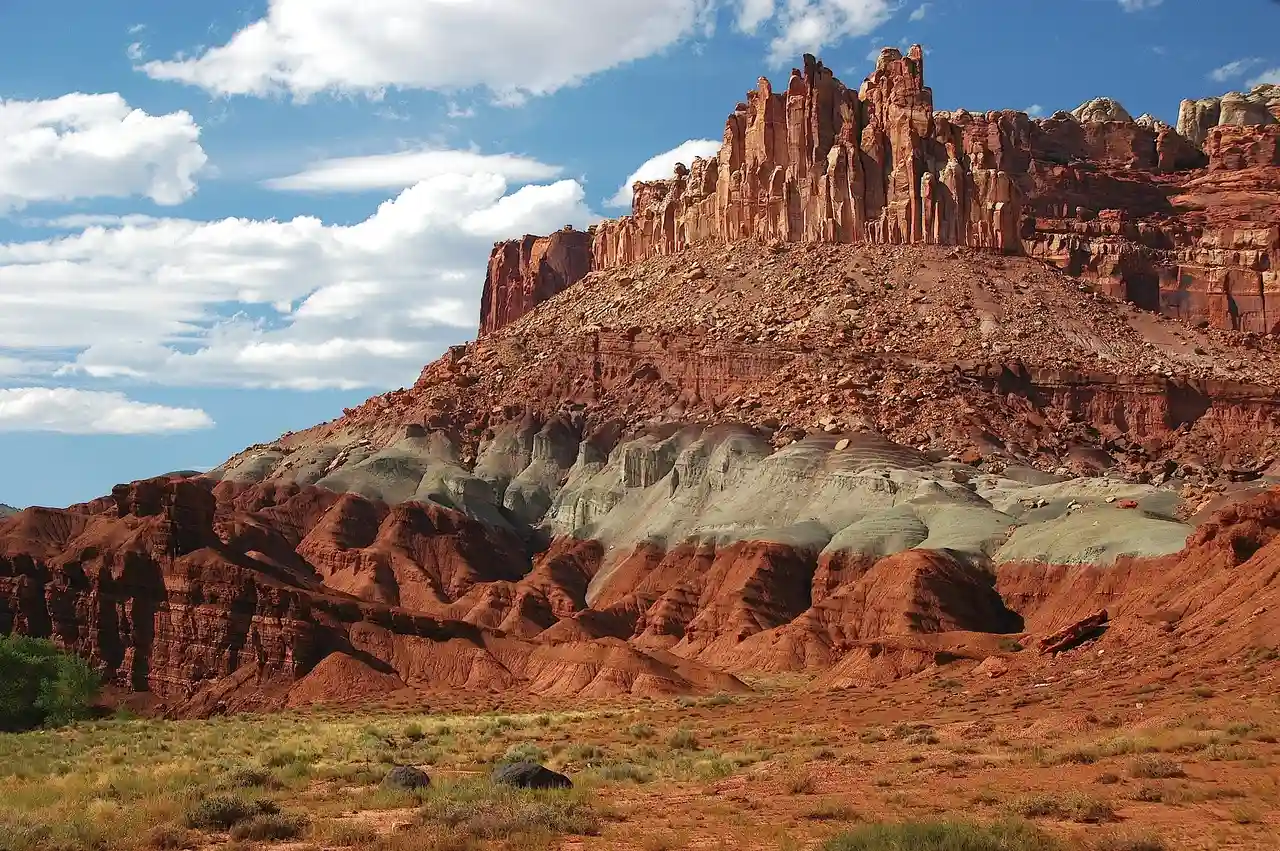
Have you ever seen red rock formations that look like waves frozen in time? That’s what you’ll find at Capitol Reef National Park, where ancient sandstone cliffs create a 100-mile wrinkle in the Utah desert. A paradise for spring visitors, this hidden gem offers perfect hiking temperatures and fruit trees bursting with blossoms in the historic Fruita orchards. The park’s most unique feature is the Waterpocket Fold, a giant buckling of the earth’s surface that early settlers said looked just like the U.S. Capitol building’s reef – hence the quirky name. You can pick fresh cherries and apples in season, explore Native American petroglyphs, or take a scenic drive through the park’s rainbow-colored canyons.
Redwood National Park, California
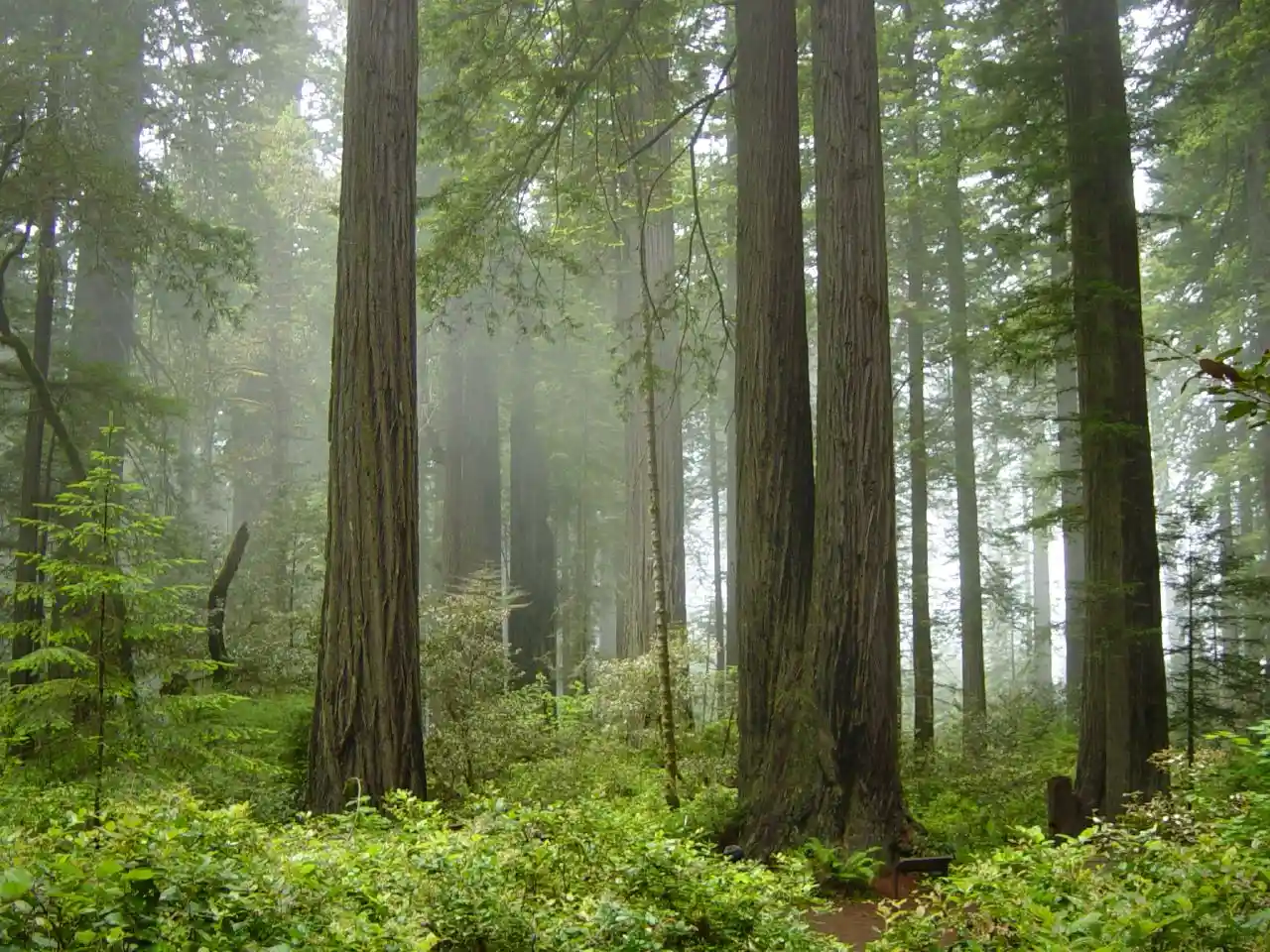
When it comes to experiencing nature’s giants, nothing quite compares to Redwood National Park in Northern California. This ancient forest is home to some of the tallest trees on Earth, with many reaching heights of over 300 feet – that’s taller than a 30-story building. What makes this park special isn’t just the size of the trees, but the feeling you get walking among these living monuments that have stood for up to 2,000 years. The park’s network of trails winds through dense forests, along rugged coastline, and into misty valleys where Roosevelt elk graze peacefully in meadows. It’s not the easiest park to reach, tucked away in California’s far north, but those who make the journey find themselves in a place that makes you feel wonderfully small in the best possible way.

